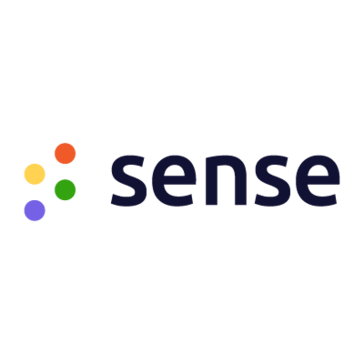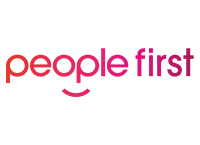| Product | |||
|---|---|---|---|
| Review & Ratings |
No reviews available |
No reviews available |
|
| Description |
Sense is a versatile engagement and communication platform tailored for staffing agencies and recruiters. Its primary goal is to improve candidate engagement and streamline the recruitment process. The software offers a range of tools, including automated messaging that allows for personalized communication with candidates at various stages of the hiring process. Sense also features an intuitive A... Read more about Sense |
People First is a human resource software designed to streamline HR processes and enhance employee engagement. This platform allows HR teams to manage recruitment, onboarding, performance reviews, and employee records all from one centralized system. People First offers self-service options, enabling employees to update personal details, request leave, and view payroll information independently. T... Read more about People First |
|
| Free Trial |
NA |
Available |
|
| Starting Price |
NA |
$6 Per Month |
|
| Category Features | |||
| Other Information | |||
| Deployment | Cloud Hosted | Cloud Hosted | |
| Devices Supported | Web-Based, iPhone, Android, | Web-Based, iPhone, Android, | |
| Pricing Model | Contact Vendor | Flat Rate | |
| Support | Chat | Email, Phone, Knowledge Base, FAQs/Forum | |
| Target Company Size |
Small-Business,
Midsize-Business,
Large-Enterprise-Business
|
Self-Employed,
Small-Business,
Midsize-Business,
|
|

